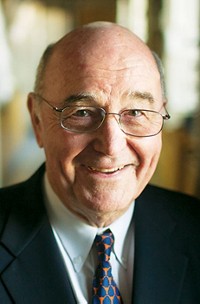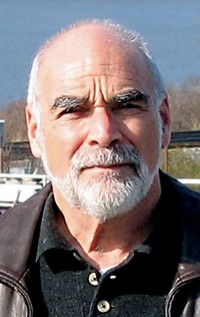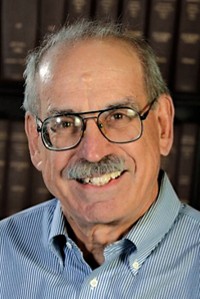Advertisement
Grab your lab coat. Let's get started
Welcome!
Welcome!
Create an account below to get 6 C&EN articles per month, receive newsletters and more - all free.
It seems this is your first time logging in online. Please enter the following information to continue.
As an ACS member you automatically get access to this site. All we need is few more details to create your reading experience.
Not you? Sign in with a different account.
Not you? Sign in with a different account.
ERROR 1
ERROR 1
ERROR 2
ERROR 2
ERROR 2
ERROR 2
ERROR 2
Password and Confirm password must match.
If you have an ACS member number, please enter it here so we can link this account to your membership. (optional)
ERROR 2
ACS values your privacy. By submitting your information, you are gaining access to C&EN and subscribing to our weekly newsletter. We use the information you provide to make your reading experience better, and we will never sell your data to third party members.
Materials
Arthur C. Cope Scholar Award: Alejandro L. Briseno
Recipients are honored for contributions of major significance to chemistry
by Linda Wang
January 9, 2017
| A version of this story appeared in
Volume 95, Issue 2
Sponsor: Arthur C. Cope Fund
Citation: For his outstanding accomplishments on the design and synthesis of unconventional, chemically stable polycyclic aromatic hydrocarbons and their charge transport properties.
Current position: associate professor of polymer science and engineering, University of Massachusetts, Amherst
Education: B.S., biology, California State University, Los Angeles; Ph.D., organic materials chemistry, University of Washington, Seattle
Briseno on what gets his creative juices flowing: “Like most scientists, we become fascinated by the unexplainable. My creative juices begin to flow when we make leaps and bounds towards understanding the observations we were previously unable to comprehend. Oftentimes, the juices flow too hard and we lose sleep. We need to be careful when this happens because it is important to rest our minds and step away in order to return with a fresh perspective.”
What his colleagues say: “Briseno is internationally recognized for developing efficient synthetic routes to achieve chemically stable oligoacenes and oligothiophenes for application in organic electronics. His research is also renowned for studies centered on crystal growth mechanism and fundamental charge transport in organic crystals and polymer thin films.”—Antonio Facchetti, Northwestern University






Join the conversation
Contact the reporter
Submit a Letter to the Editor for publication
Engage with us on Twitter